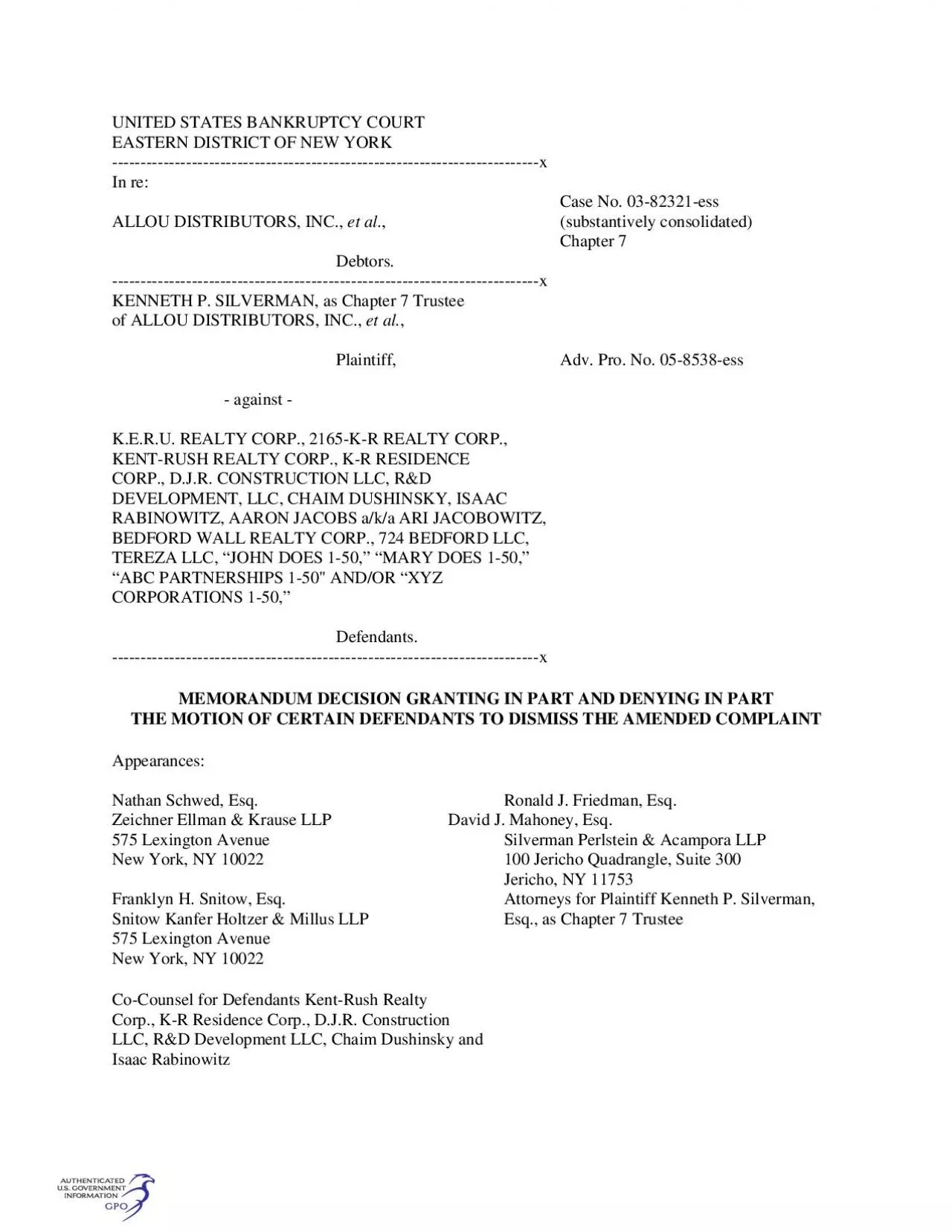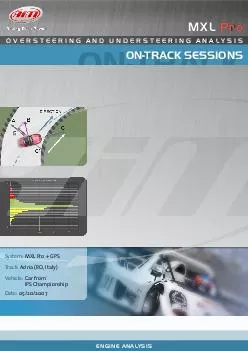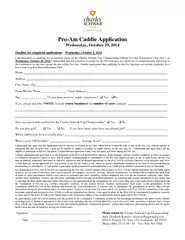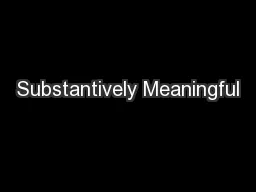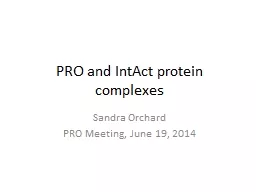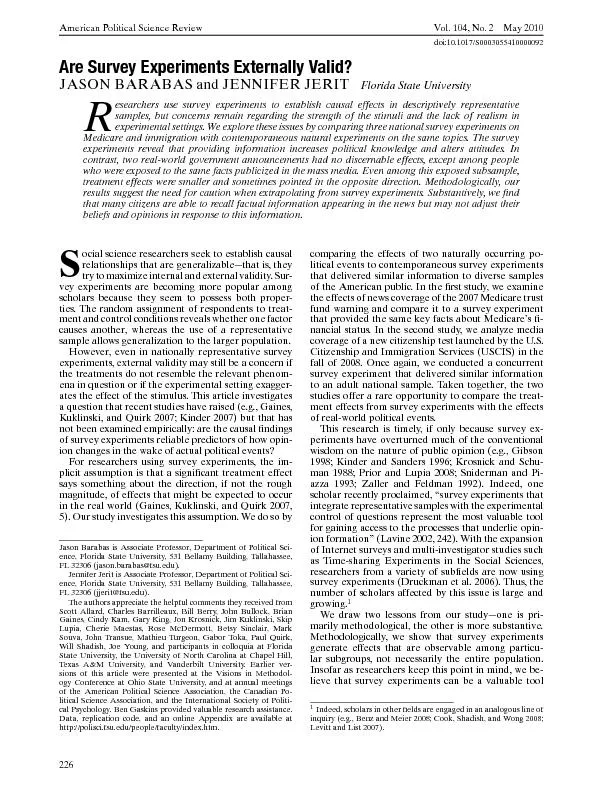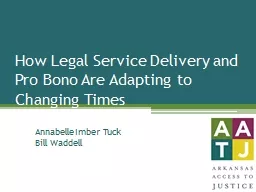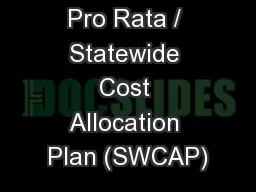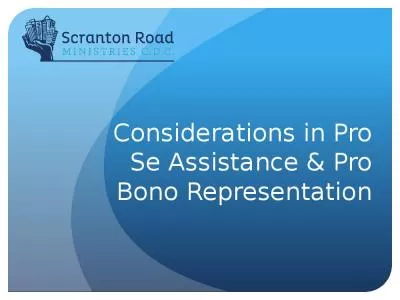PDF-substantively consolidatedPlaintiffAdv Pro No 058538essNathan
Author : elise | Published Date : 2021-05-15
HONORABLE ELIZABETH S STONGBefore the Court is the motion of certain of the abovecaptioned Defendants KentRushRD Development LLC
Presentation Embed Code
Download Presentation
Download Presentation The PPT/PDF document "substantively consolidatedPlaintiffAdv P..." is the property of its rightful owner. Permission is granted to download and print the materials on this website for personal, non-commercial use only, and to display it on your personal computer provided you do not modify the materials and that you retain all copyright notices contained in the materials. By downloading content from our website, you accept the terms of this agreement.
substantively consolidatedPlaintiffAdv Pro No 058538essNathan: Transcript
Download Rules Of Document
"substantively consolidatedPlaintiffAdv Pro No 058538essNathan"The content belongs to its owner. You may download and print it for personal use, without modification, and keep all copyright notices. By downloading, you agree to these terms.
Related Documents

